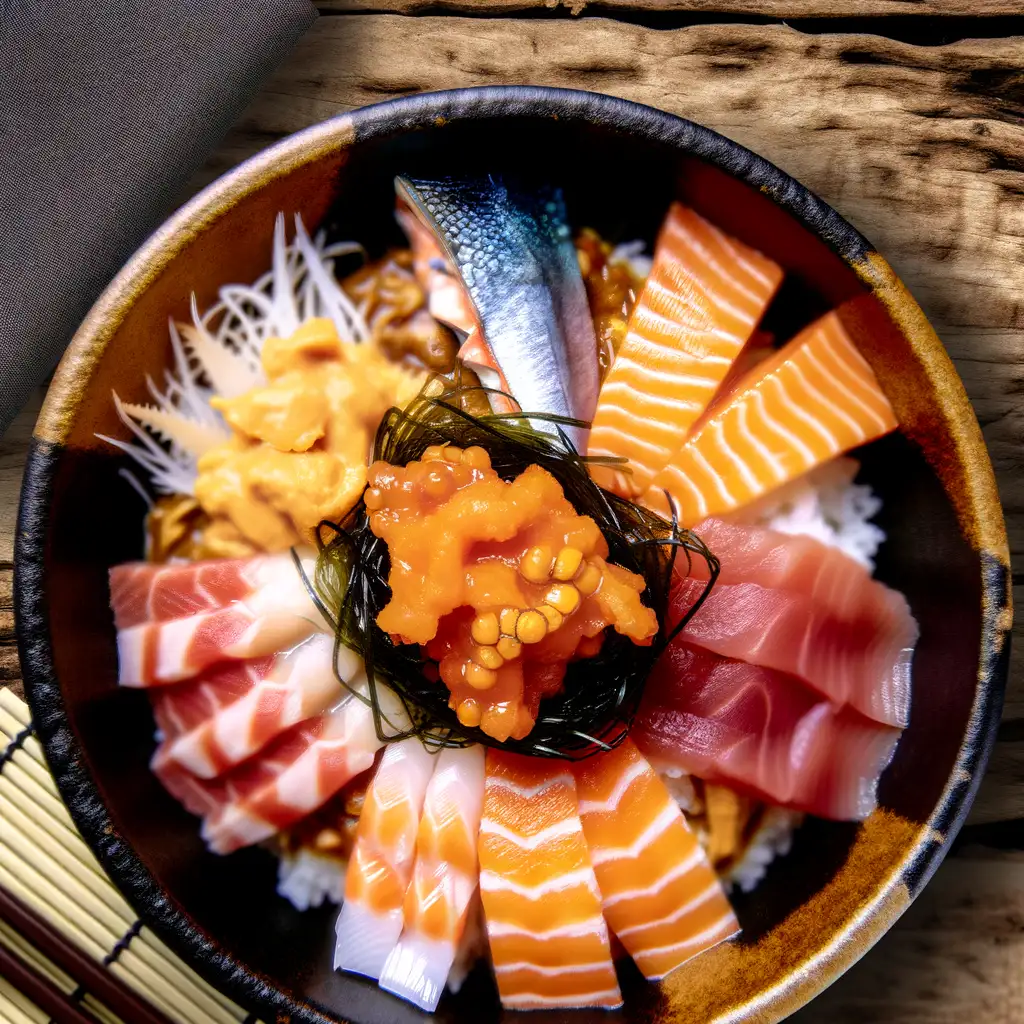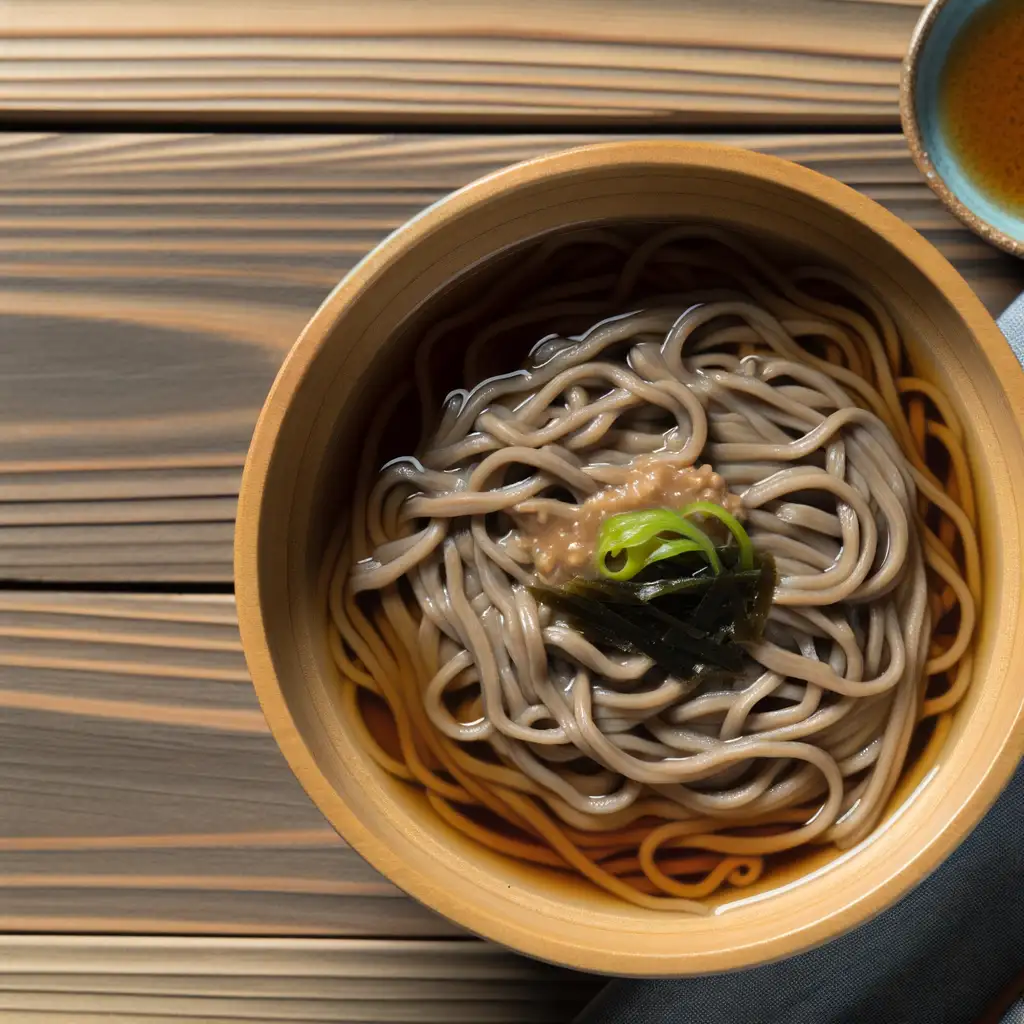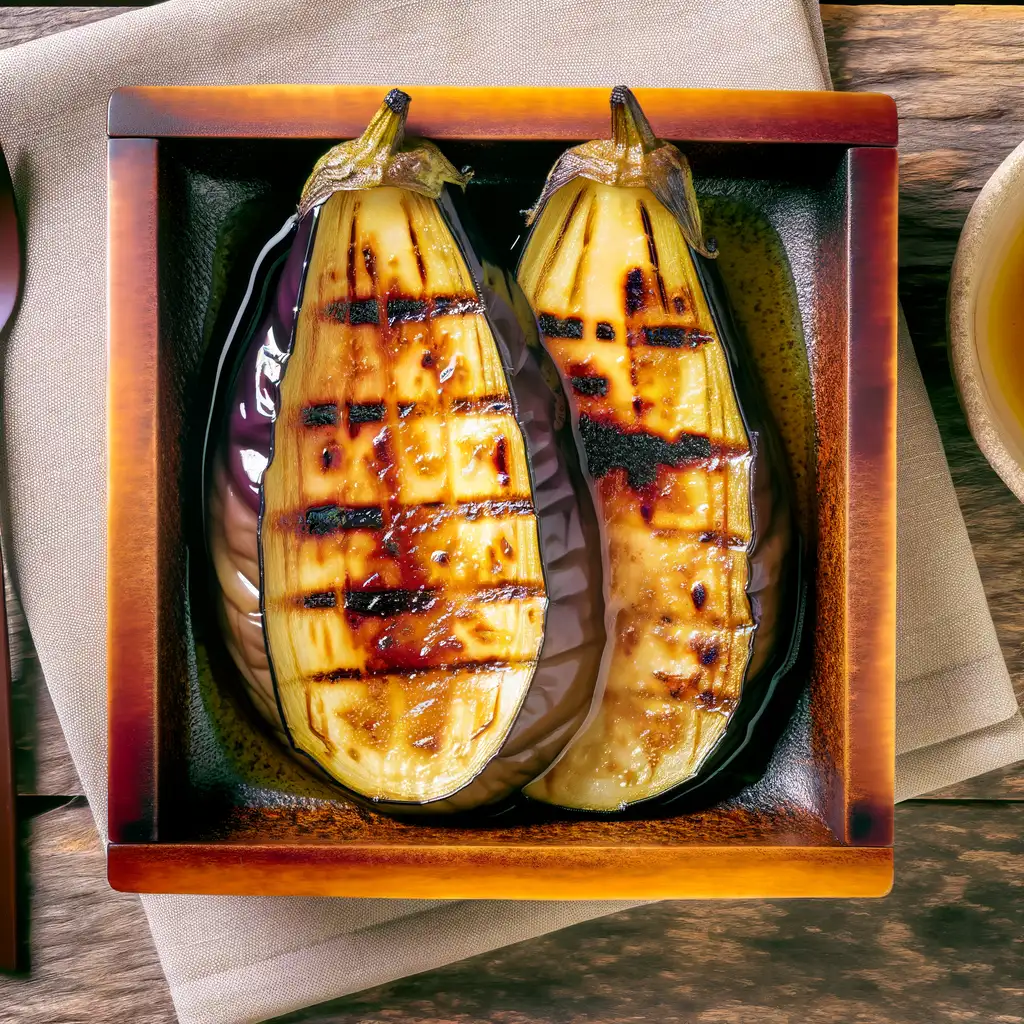



If you ever find yourself craving a place where history and charm wrap around you like a cozy scarf,Otaru is that kind of city. Nestled along the northern coast of Hokkaido,it feels like stepping into a living postcard—cobblestone streets lined with old brick warehouses whisper stories of a bustling port town from days gone by. As you stroll along the canal,the soft ripple of water mingles with the distant clink of glasses from quaint cafes,creating a peaceful soundtrack that invites you to slow down and savor the moment. The air carries a subtle mix of salty sea breeze and the sweet aroma of freshly baked pastries from local bakeries. Don’t miss trying the sushi here—Otaru’s seafood is incredibly fresh,often caught just hours before it lands on your plate. Watching the chefs skillfully slice glistening cuts of fish feels almost like a performance,and the taste? Pure ocean magic. What really makes Otaru special is its blend of old-world elegance and warm,approachable spirit. The city’s glass artisans craft delicate,shimmering works that catch the light just right,and wandering through their studios feels like stepping into a treasure trove. At night,the gas lamps along the canal flicker to life,casting a golden glow that turns the whole place into a quiet,enchanting dream. It’s a city that invites you to slow down,breathe deeply,and fall in love with its gentle rhythm.
The information on this page is currently being reviewed by Tripkliq and should be used as a guide only
Eng word: Hello
Eng pronunciation: Konnichiwa
Local language: こんにちは
Eng word: Goodbye
Eng pronunciation: Sayōnara
Local language: さようなら
Eng word: Thank you
Eng pronunciation: Arigatō
Local language: ありがとう
Eng word: How much
Eng pronunciation: Ikura
Local language: いくら
Eng word: Toilet
Eng pronunciation: Toire
Local language: トイレ
Eng word: Help me
Eng pronunciation: Tasukete
Local language: 助けて
Eng word: Yes
Eng pronunciation: Hai
Local language: はい
Eng word: No
Eng pronunciation: Iie
Local language: いいえ
Eng word: Excuse me
Eng pronunciation: Sumimasen
Local language: すみません
Completed in 1923, the Otaru Canal was a vital part of the city's port and trade activities. Today, it is a picturesque spot lined with Victorian-style street lamps and warehouses, making it a popular tourist attraction.
Sakaimachi Street is a historic shopping street that dates back to the late 19th century. It features beautifully preserved merchant houses and warehouses, many of which have been converted into shops, cafes, and museums.
Established in 1912, the Otaru Music Box Museum is housed in a historic building and showcases a vast collection of music boxes. It is one of the largest music box museums in Japan and offers visitors a chance to create their own music boxes.
Built in 1897, the Nishin Goten was the residence of a wealthy herring fisherman. The mansion provides a glimpse into the prosperous herring fishing industry that once thrived in Otaru.
Opened in 1959, the Otaru Aquarium is one of the oldest aquariums in Japan. It features a diverse range of marine life from the local waters and offers educational programs and interactive exhibits.
First held in 1999, the Otaru Snow Light Path Festival is an annual winter event where the city is adorned with thousands of snow lanterns and lights, creating a magical atmosphere for visitors.
The Otaru Tenguyama Ropeway, established in 1929, takes visitors to the summit of Mount Tengu. The mountain offers stunning panoramic views of Otaru and the Sea of Japan, as well as skiing and hiking opportunities.
Otaru Beer, founded in 1995, is a craft brewery that follows traditional German brewing methods. The brewery is located in a historic building and offers tours and tastings for beer enthusiasts.
The Otaru City Museum, established in 1953, is housed in a former railway terminal building. It showcases the history and culture of Otaru, with exhibits on the city's development, trade, and daily life.
In Otaru, the most common Power Adaptor is Type A, Type B.



Otaru is famous for its fresh seafood, and sushi made with locally caught fish is a must-try. The city has numerous sushi restaurants where you can enjoy high-quality nigiri and sashimi.

This seafood bowl features a variety of fresh sashimi served over rice. Otaru's kaisendon is particularly popular due to the abundance of fresh seafood available.
.webp)
Otaru is known for its delicious squid dishes, particularly 'Ika Sashimi' and grilled squid. The squid is often served fresh and is a local delicacy.

While not a dish, Otaru Beer is a local craft beer that pairs well with the city's seafood offerings. It's brewed using traditional methods and is a great way to complement your meal.

Otaru offers delicious soba noodles, often served cold with a dipping sauce or hot in a broth. The local soba is made from high-quality buckwheat.

Grilled eggplant, or 'Yaki Nasu', is a popular side dish in Otaru, often seasoned with soy sauce and served warm, making it a great accompaniment to seafood.

This creamy and rich cheesecake is a local dessert specialty, known for its smooth texture and delightful flavor, making it a perfect treat after a meal.
If you ever find yourself in Japan during winter,Sapporo-shi is a city that wraps you in a cozy,spirited embrace unlike anywhere else. Imagine crisp,snowy streets lined with softly glowing lanterns,the air tinged with the scent of pine and sizzling street food. The city hums with a lively yet laid-back energy—locals chatting over steaming bowls of miso ramen or clinking glasses of rich,locally brewed beer. It’s a place where modern city life meets nature’s quiet beauty,all under a sky that often blushes pink at sunset.
Walking through Odori Park,you’ll hear the crunch of fresh snow beneath your boots and catch glimpses of intricate ice sculptures shimmering in the cold air,especially during the famous Snow Festival. The architecture is a charming mix of clean,contemporary lines and historic European influences,giving the city a unique personality that feels both familiar and refreshingly new. Cafés spill warm light onto the streets,inviting you in to savor Hokkaido’s creamy dairy treats or a perfectly brewed cup of coffee.
What really makes Sapporo special is its genuine warmth—people here are friendly without being overbearing,proud of their city’s rich culture and natural bounty. Whether you’re wandering through the bustling Nijo Market tasting fresh seafood or hiking nearby trails that open up to breathtaking views,Sapporo feels like a place that invites you to slow down,breathe deeply,and savor every moment.
If you ever find yourself craving a place where the sea breeze carries a hint of salt and the streets hum with a gentle,timeless rhythm,Hakodate is where you want to be. This city feels like a cozy conversation between old Japan and the world beyond,with its charming mix of historic wooden houses and colorful markets bustling with fresh seafood. Walking through the morning market,you can almost taste the ocean in the air—crisp,briny,and alive with the chatter of vendors offering plump scallops and glistening squid. It’s a sensory feast that wakes you up better than any coffee.
As the day unfolds,the city’s character reveals itself in the soft glow of the red brick warehouses by the harbor and the winding streets of Motomachi,where you can spot old churches and quaint cafes tucked between cherry blossoms. There’s a peacefulness here,but also a quiet energy,like the city is gently inviting you to slow down and savor every moment. And then,when night falls,the view from Mount Hakodate is nothing short of magical—thousands of twinkling lights spread out below,like a sea of stars you can almost reach out and touch.
Hakodate’s charm isn’t just in its sights but in its flavors,too. Don’t miss trying the local specialty,shio ramen,with its delicate,salty broth that perfectly captures the essence of the sea. It’s a city that feels warm and welcoming,where every corner has a story,and every meal tastes like a celebration of the coast. Trust me,once you’ve been,Hakodate stays with you long after you’ve left.
If you’re craving a place where nature’s raw energy meets soothing relaxation,Noboribetsu is where you want to be. The moment you step into this town,there’s an unmistakable buzz in the air—steam rising from bubbling hot springs,the faint scent of sulfur mingling with fresh pine from the surrounding forests. It’s like the earth itself is alive here,whispering stories through the hissing vents and mineral-rich waters.
Walking through Noboribetsu’s Jigokudani,or “Hell Valley,” feels like stepping into another world. You’ll see vibrant red and orange cliffs,steam clouds swirling around volcanic craters,and hear the constant rumble of underground activity. It’s dramatic and a little wild,but also strangely calming. After soaking in the hot springs,your skin feels soft,your muscles melt away tension,and you carry a warm glow that lasts long after you leave the baths.
Beyond the natural wonders,Noboribetsu has a charming,down-to-earth vibe. Locals are friendly and proud of their heritage,and you can taste it in the food—fresh seafood,hearty miso soup,and those little sweet treats made with local ingredients. The town’s mix of traditional inns and cozy cafes invites you to slow down and savor the moment. Honestly,Noboribetsu isn’t just a place to visit; it’s a place to feel alive and connected,a rare kind of magic that stays with you.
If you ever find yourself craving a blend of cozy charm and vibrant energy,Asahikawa in northern Japan is a place that quietly steals your heart. The city hums with a gentle rhythm,where the crisp air carries the scent of pine and fresh snow in winter,and the streets buzz softly with locals going about their day. It’s not flashy,but there’s a warmth here that wraps around you like a well-worn scarf. Asahikawa feels like a community that’s proud of its roots yet open to the world,a balance that’s rare and refreshing.
Walking through the city,you’ll notice the unique architecture—simple yet sturdy buildings framed by the vastness of Hokkaido’s natural beauty. The Asahiyama Zoo is a must-see,not just for the animals but for the way it invites you to get up close and personal,like watching penguins waddle just inches away or seals gliding underwater in a mesmerizing dance. And when hunger strikes,the local ramen is unforgettable—rich,hearty broth with noodles that have just the right bite,perfect after a day exploring the crisp outdoors.
What really makes Asahikawa special is how it feels alive in every season. In winter,the snow blankets the city in a quiet hush,while summer brings vibrant festivals and the scent of blooming flowers. It’s a place where you can slow down,breathe deeply,and soak in a culture that’s both humble and deeply proud. Trust me,Asahikawa isn’t just a stop on your trip—it’s a place that stays with you long after you leave.
The northernmost city in Japan,Wakkanai offers access to Rishiri and Rebun Islands,which are famous for their pristine nature and hiking trails.
ExploreLocated near Lake Toya,Toyako is known for its picturesque lake views,hot springs,and proximity to Mount Usu,an active volcano.
ExploreOtaru is famous for its glassware, but some shops may sell mass-produced or fake glass items at inflated prices, claiming they are handmade antiques.
Some restaurants in Otaru may charge tourists exorbitant prices for seafood dishes, especially for items like crab or sashimi, without clear pricing displayed beforehand.
Street vendors selling snacks or souvenirs may quote higher prices to tourists compared to locals, especially in busy tourist areas like the canal district.
Certain taxi drivers may take longer routes or charge extra fees when they realize the passenger is a tourist unfamiliar with the area.
Individuals posing as tour guides may offer their services to tourists but provide little value or incorrect information while charging high fees.
Japan has very strict drug laws, and this includes Otaru. The possession, use, or trafficking of illegal drugs is severely punished, with strict penalties including imprisonment and heavy fines. This applies to all forms of drugs, including marijuana, which is illegal in Japan. Prescription medications should be carried with a copy of the prescription and a doctor's note if necessary. Tourists should be extremely cautious and ensure they are not carrying any substances that are illegal in Japan.
In Otaru, as in the rest of Japan, smoking is regulated to ensure public health and safety. Smoking is generally prohibited in many public places, including train stations, public transportation, and certain streets and parks. Designated smoking areas are often provided, and it is important to use these areas to avoid fines. Restaurants and bars may have designated smoking sections, but this varies by establishment. Always look for 'No Smoking' signs and adhere to local regulations.
Vaping is subject to similar regulations as smoking in Otaru. Vaping is not allowed in non-smoking areas and public places where smoking is prohibited. Designated smoking areas can also be used for vaping. It is advisable to be discreet and considerate of others when vaping, and to follow any posted signs and local rules.
What are other people saying about Otaru?
Recent Social posts about Otaru
There is nothing to show you for now.